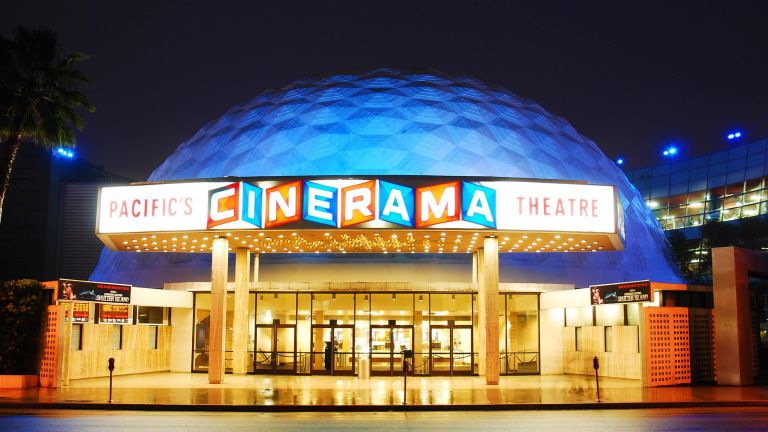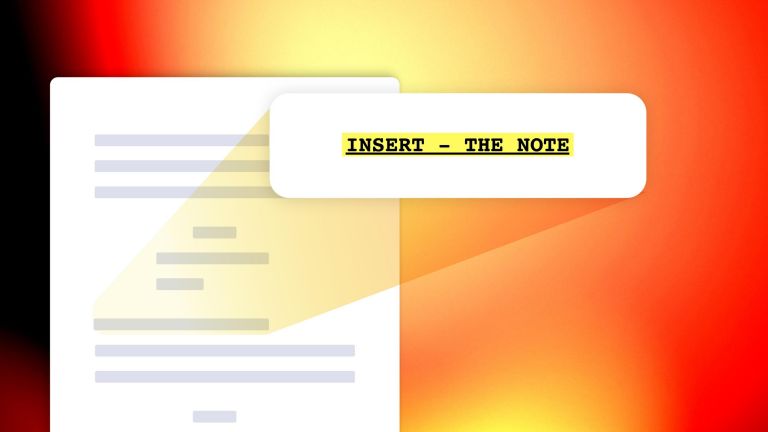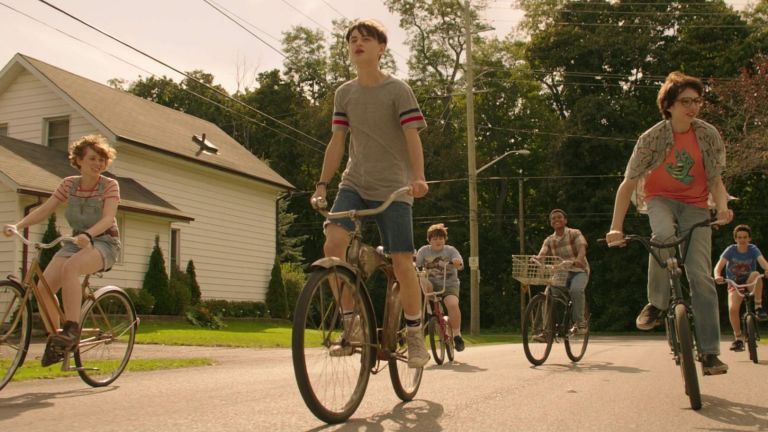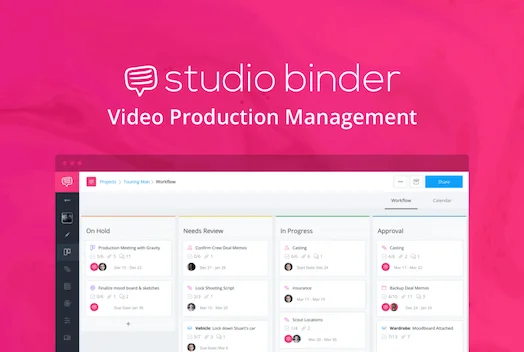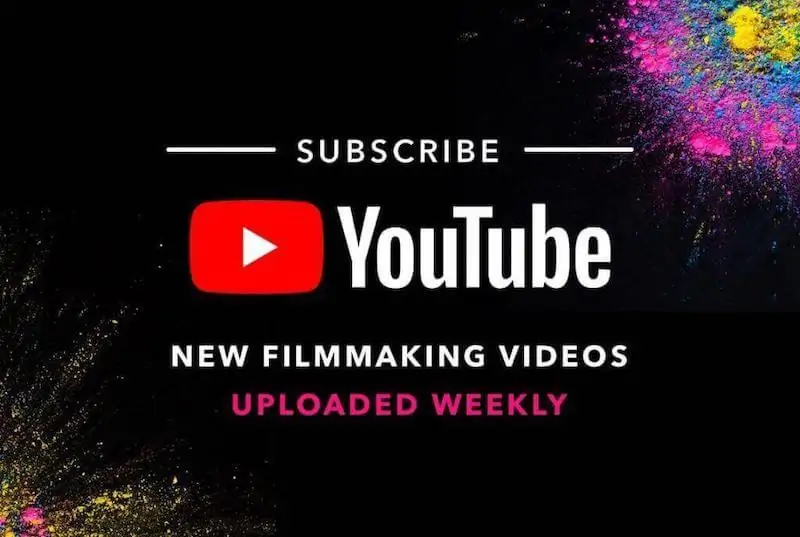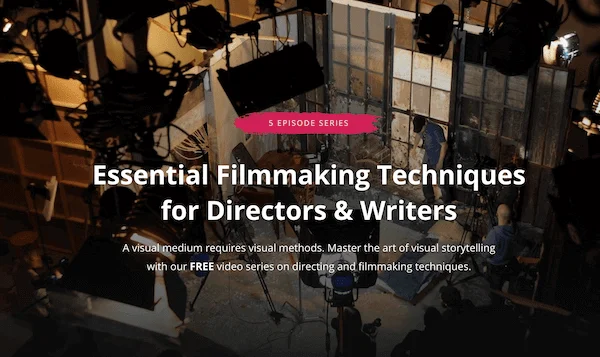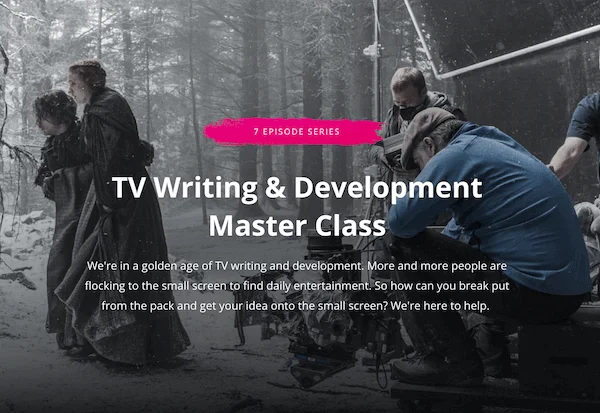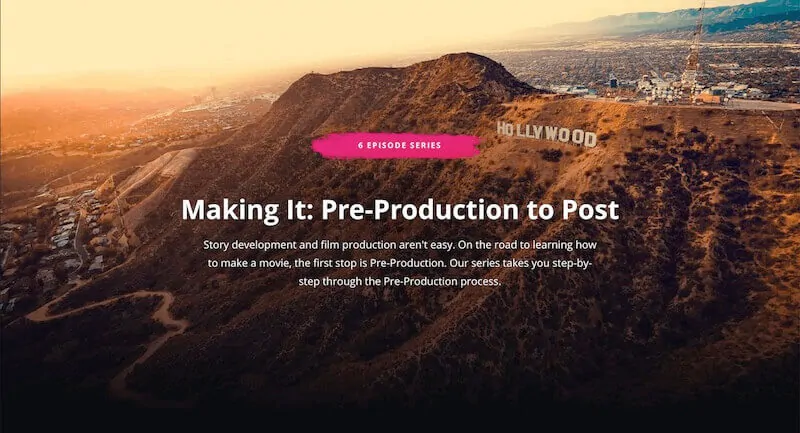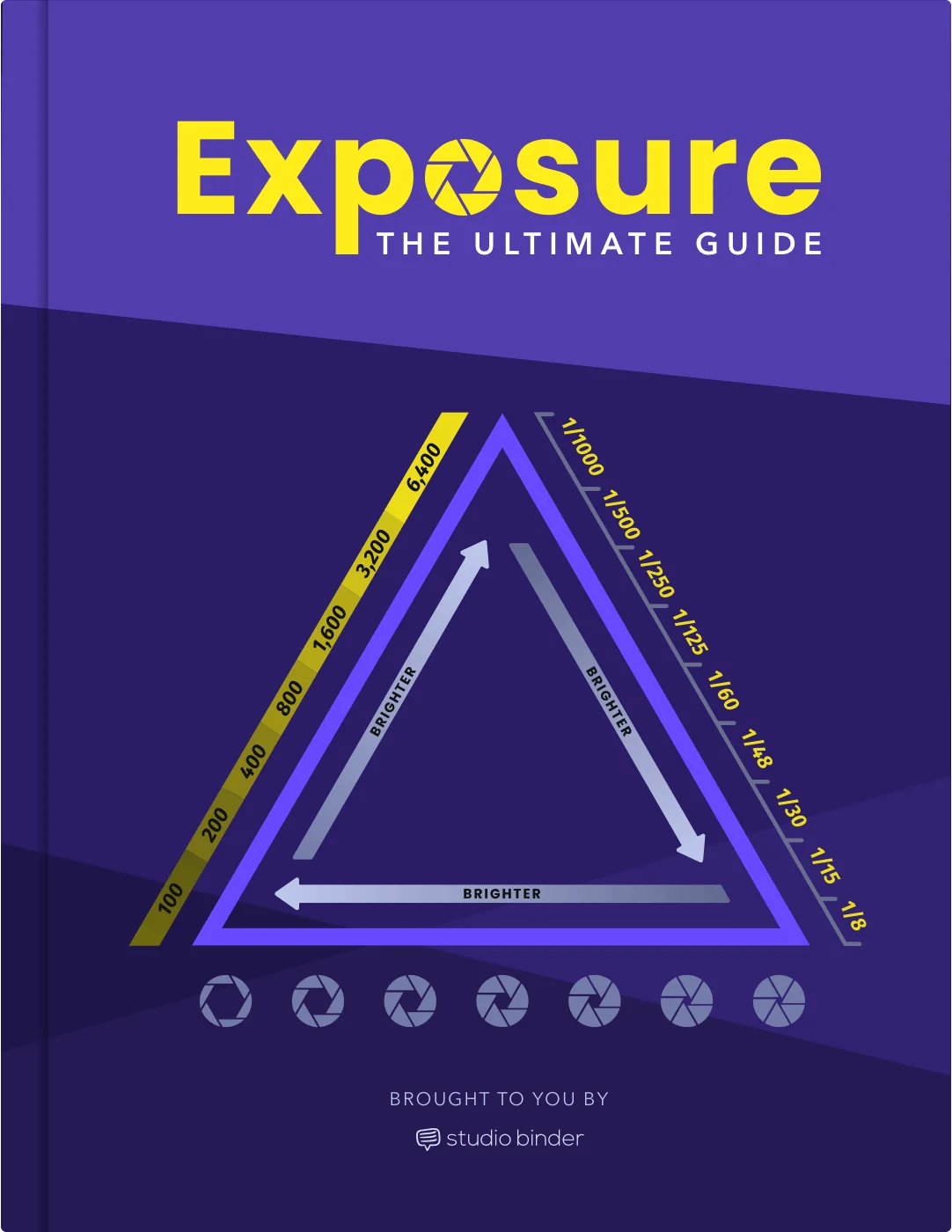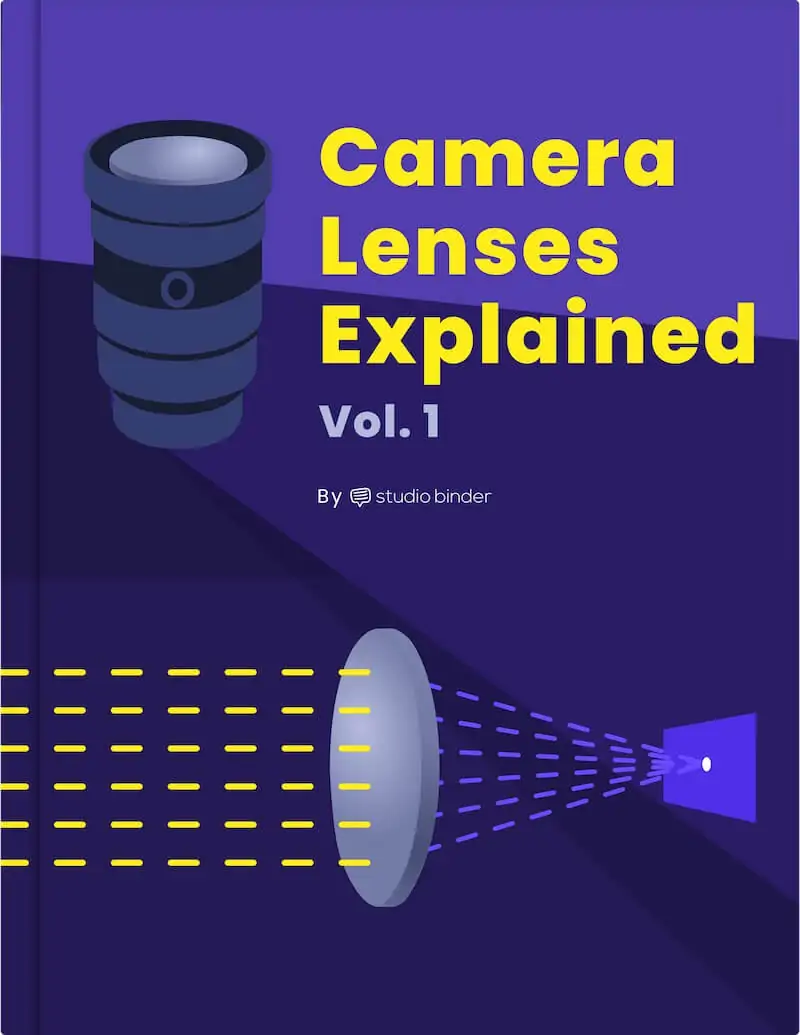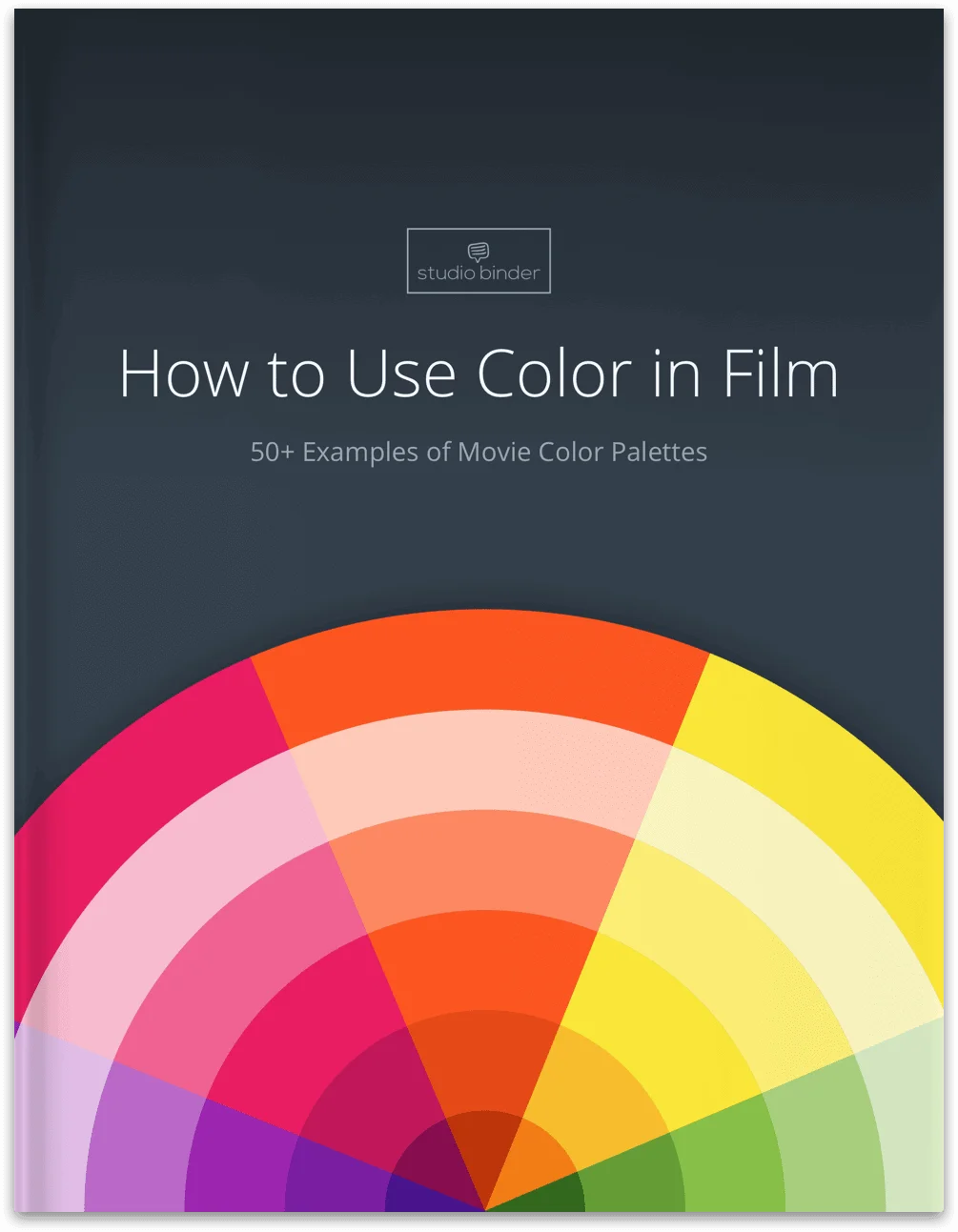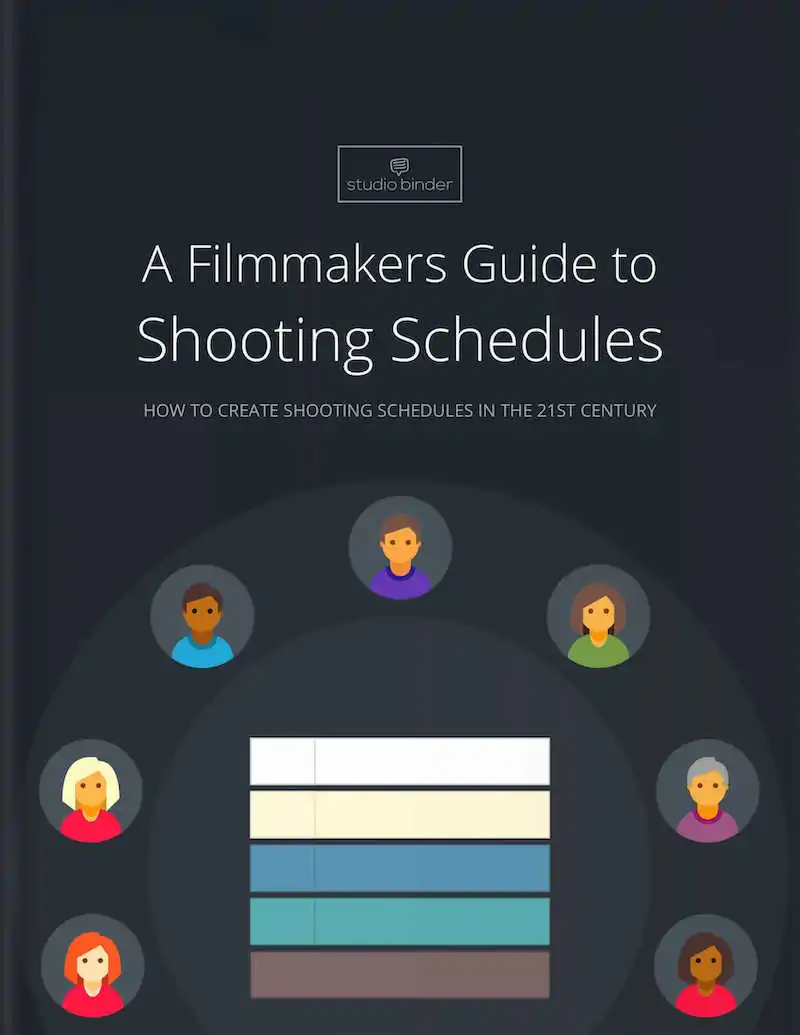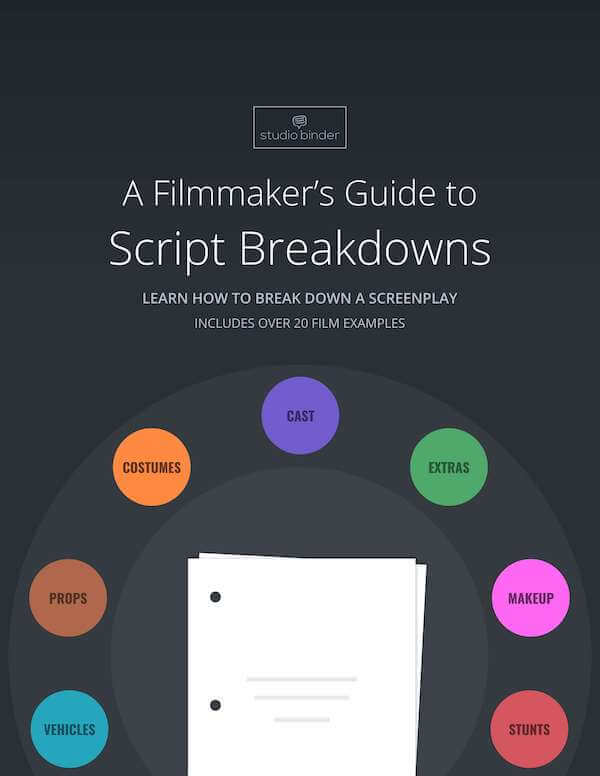In the 21st century, widescreen cinema is a given, from the televisions we have in our homes to the movies we see at the theater. It seems widescreen is everywhere we look, but it was not always this way. Televisions used to have a square aspect ratio, looking a lot like the movies of the day; this meant many people could enjoy movies at home without losing too much in the process. Add in the rise of suburbs and expendable money for more leisure activities, and you are looking at an American public that had more to do besides go…
Footage is a term that’s become synonymous with film – but what is footage? And where did the term originate? Today, we’re going to get to the bottom of those questions by exploring the history of the term and by outlining a definition. By the end, you’ll know where “footage” came from and what it means.Continue reading What is Footage — Definition, Origins & Types Explained
Past. Present. Future. These are the three tenses that structure time. But what are the tenses of a verb? And more simply: what is a verb tense? Fear not, we’re going to answer those questions, as well as break down all twelve types of verb tenses. By the end, you’ll know what a verb tense is and how to identify the correct one for each use-case.Continue reading Verb Tenses — Ultimate Guide to Past, Present & Future
Sets are crucially important to a film’s success. A great set can inform a character, story, and mood all at once. But great sets don’t just appear out of nowhere– they arise out of a keen attention to detail and tons of hard work from a set dresser. So what is set dressing, and what does a set dresser do?Continue reading What is Set Dressing — How Film Sets Are Brought to Life
A thumbnail storyboard is a great tool to bring ideas to life without investing huge amounts of time. But what is a thumbnail storyboard? We’re going to answer that question by defining the term, outlining some examples, and by providing a free template so that you can make some thumbnail storyboards of your own. By the end, you’ll have everything you need to sketch out your next great idea.Continue reading What is a Thumbnail Storyboard (And How They Work)
Inserts are used to highlight specific elements of scenes. But how do you write an insert? Don’t worry, we’re going to show you how to write an insert in a screenplay. We’re also going to show you when it’s appropriate. By the end, you’ll know how, when, and why you should write inserts in screenplays. Continue reading How to Write an Insert in a Screenplay — Tips & Examples
Often, biographies, stories on historical events, and celebrity-written books often sell off of the name of the author. But many times the book isn’t actually written by this well-known name. Instead, the writing is outsourced to a writer who lingers in the public eye's shadows. This enigmatic figure is known as a ghostwriter.Continue reading What is a Ghost Writer and Why Authors Use Them
The second and concluding chapter in director Andy Muschietti's adaptation of Stephen King's It is here. The Losers Club are all grown up as they return to their childhood town to battle inner and outer demons. The cast is impressive, the visuals are stunning, and the imagination on display is undeniable. But that doesn't translate to a successful film overall. Chapter Two goes big on design, creativity, and spooky spectacle, but doesn't provide a satisfying conclusion for characters so expertly crafted in Chapter One. Continue reading “It Chapter Two” Review: Bigger Not Better
